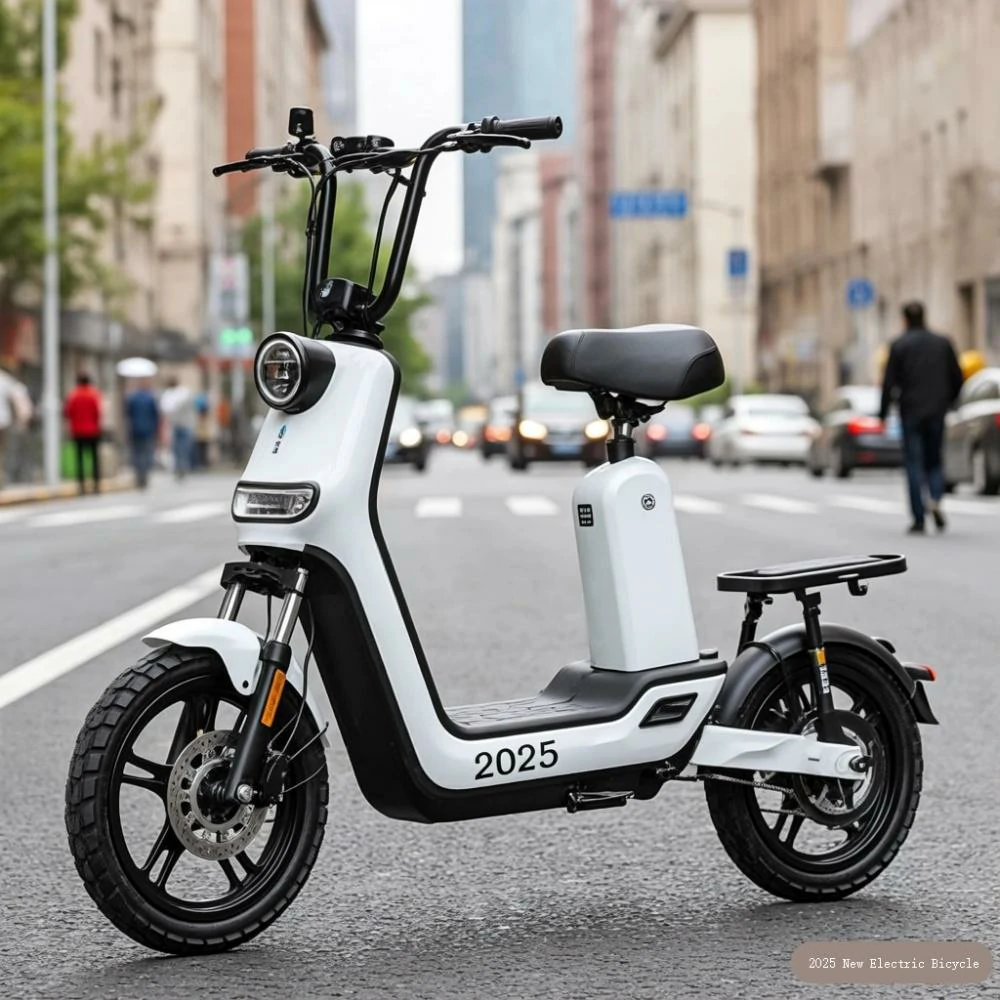What certification is required for electric bicycle batteries?
2025-09-10
Electric bicycle batteries need to pass the following certifications to ensure safety:
1、 China Compulsory Certification (CCC)
Starting from November 1, 2025, lithium-ion batteries and chargers for electric bicycles must pass CCC certification and be labeled with the certification mark before they can be shipped, sold, imported, or used for other business activities. This certification covers both individual batteries (cells) and battery packs, requiring each lithium battery to be labeled with a safe service life, engraved with a permanent and unique code that can withstand high temperatures (maintained at 950 ℃ for half an hour), and prohibiting the "cascading use" of waste lithium batteries on electric bicycles to curb illegal assembly and modification activities from the source.
Certification Basis
- National standard: GB 43854-2024 "Safety Technical Specification for Lithium ion Batteries for Electric Bicycles" is a mandatory standard that specifies the testing requirements for overcharging, needle puncture, external short circuit, etc. of batteries. For example, the overcharge test requires the battery to not ignite or explode at 1.5 times the voltage; Acupuncture testing simulates internal short circuits to verify safety in extreme situations.
- Mutual recognition and collaboration function: The battery pack needs to have a matching and recognition function for charging devices to reduce the risk of mismatched charging.
- Data collection and monitoring: The battery pack needs to collect real-time data such as voltage, temperature, and current during the charging and discharging process, and be equipped with a management system for monitoring.
certification process
- Submission of testing: Manufacturers need to submit battery products to qualified third-party organizations for safety testing to confirm compliance with standards.
- Technical document preparation: including product manual, battery structure diagram, material list, safety analysis and other documents.
- Type testing: Conduct safety performance evaluations such as high temperature testing, short circuit testing, vibration testing, and drop testing.
- Factory review: Evaluate the production conditions of the manufacturing enterprise to ensure its ability to continuously produce qualified products.
- Certificate issuance: After passing the inspection and review, the certification body issues the CCC certification certificate.
2、 Other relevant certifications and standards
- Domestic quality inspection report
Even if it does not fall within the scope of CCC certification, battery products sold in the domestic market still need to obtain quality inspection reports to meet national standard requirements. For example:- Lead acid batteries: GBT 22199.1-2017 "Safety Standard for Valve Regulated Lead Acid Batteries for Electric Power Vehicles".
- Nickel hydrogen batteries: GBT15100-2003 "Safety Standard for Nickel hydrogen Batteries for Electric Bicycles".
- International certification (such as export requirements)
- UL certification: a US market access certification that covers the safety, performance, and environmental requirements of batteries.
- ETL certification: Similar to UL, but the certification process may be more flexible.
- NRTL certification: A certificate issued by a certification body recognized by the Occupational Safety and Health Administration (OSHA) in the United States.
- CB certification: Obtaining security certifications from 54 countries at once, suitable for most small countries.
- Japanese PSE certification and South Korean KC certification: specific market access requirements.
- Transportation certification
- UN 38.3 test: The battery needs to pass tests simulating transportation conditions, including cycle life, discharge characteristics at different rates, temperature cycling, etc.
- MSDS (Material Safety Data Sheet): provides information on the chemical composition, safe handling, and emergency measures of the battery.
- 1.2-meter drop test: Verify the impact resistance of the battery during transportation.
- Sea, land, air, and rail transportation certificates: ensure that batteries meet the safety requirements of different transportation methods.
3、 The Importance of Certification and Consumer Guidelines
According to the Certification and Accreditation Regulations of the People's Republic of China, battery products that have not passed CCC certification shall not be sold or used, otherwise they will face penalties such as fines and confiscation of illegal gains.
Safety assurance
CCC certification ensures the safety of batteries under extreme conditions through strict testing (such as overcharging, needle puncture, external short circuits, etc.), reducing the risk of fire and explosion.Consumer Choice Suggestions
- Identify the CCC mark: Check if there is a clear CCC certification mark on the battery or electric bicycle when purchasing.
- Verify information: Scan the QR code on the vehicle certificate to confirm that the battery and charger information are consistent with the CCC certificate.
- Pay attention to the safe usage period: The battery pack needs to be labeled with the safe usage period, and consumers should replace old batteries within the specified time.
- Choose legitimate channels: Purchase from merchants with complete licenses and high market reputation to avoid purchasing products that have been illegally modified or have parameters that do not match.

Recommended bicycle batteries:
electric bicycle battery packs
